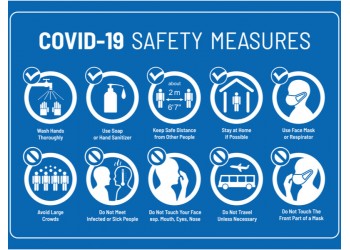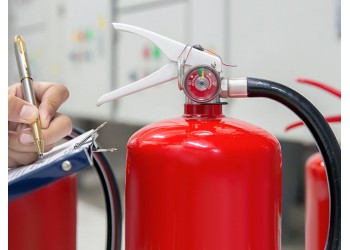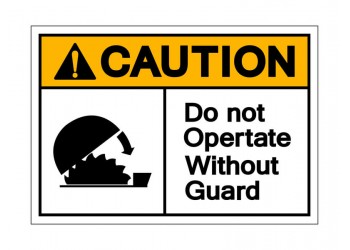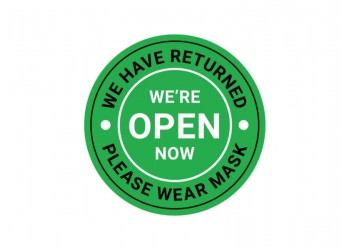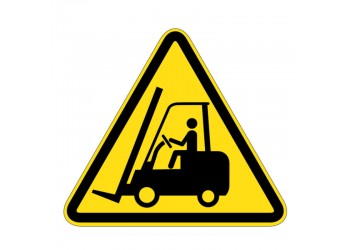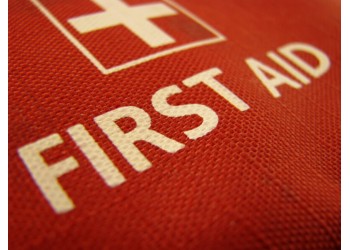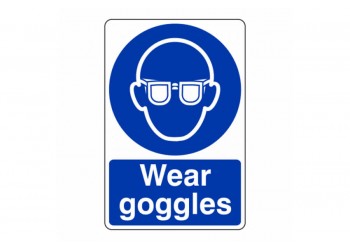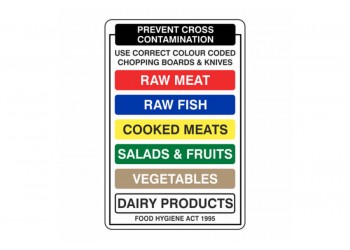While restrictions are slowly lifting and we’re returning to a sense of normality, there’s no denying that the COVID-19 pandemic has had an impact on everyone. And, as businesses reopen, there is a need to find useful and relevant ways to prevent the spread of the virus – both between employees and customers. Safety signs are one way of doing this and a highly effective one at that. They don’t just provide guidance but can benefit businesses with their virus control methods in more ways than one.
Education
We have been continuously told how we can prevent the spread of coronavirus. However, returning to work presents a host of unique problems. No longer is it possible to entirely isolate yourself from others. Either due to our work requirements or the layout of the business premises, we must now learn a new way to get on with our lives without significantly increasing risk. COVID-19 safety signs provide education to employees and visitors. They outline the ways in which social distancing and appropriate hand cleansing can keep everyone safe.
Abiding by ISO 7010 means that easily recognisable signs can be repurposed to fit this need. It becomes easier to give tailored information to the relevant parties, educating them on the ways that their actions can help.
Confidence
The world has been different for quite some time now. And while the experts are telling us that returning to work can be managed safely, there is always the possibility of worry. Implementing COVID-19 safety signs provides a sense of confidence to employees and customers. It is a visual marker that your business is taking action to reduce risk. It is a sign of care towards those entering a building, showing that the company has taken heed of the risk and is attempting to minimise this.
Whether this translates into employees being more willing to return to their desks or customers choosing to shop with you over the competition, it is a beneficial addition for your business.
At Lasting Impressions, we have a wide variety of COVID Hygiene and Social Distancing Signs. From Temporary Anti-Slip Floor Graphics to Floor Stands and Directional Signs, you’ll find everything needed to minimise risk during these unprecedented times. If you have any questions or require support identifying the right sign, please do get in contact with the team here today.
